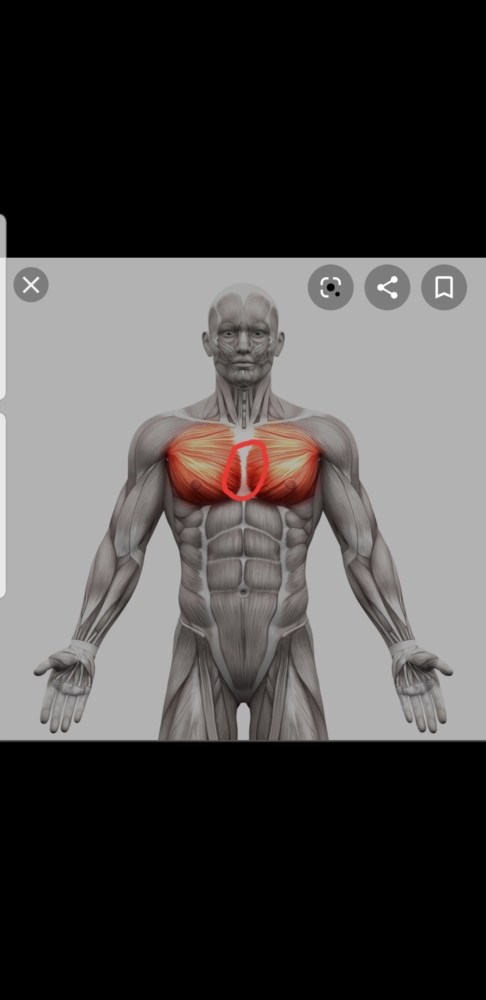
The radius is one of the two forearm bones and is on the thumb side of the forearm near the hand, but is always on the outside of the elbow.

There are many types of humerus fractures and as a result, the treatments for these fractures are quite variable. The humerus typically becomes a problem only when it breaks (fractures). Some of the attached muscles run all the way into the hand. The humerus serves as an attachment of many muscles and ligaments in the arm. At the other end, it has its portion of the elbow joint. It has the ball of the ball and socket of the shoulder (glenohumeral) joint. The humerus is the long bone between the shoulder and the elbow. Occasionally, the shoulder can lose motion from conditions such as arthritis or adhesive capsulitis (frozen shoulder).

While the joint is normally stable, lots of motion, injury or abnormality in any of the structures of the glenoid cavity can lead to joint instability. The glenoid cavity includes the glenoid’s bone and cartilage surface, and it combines with soft tissues like the glenoid labrum, multiple shoulder ligaments and the joint capsule (the lining of the joint) to make the joint stable. It is relatively flat which allows the joint to be the most mobile joint in the body. The glenoid is the socket portion of the ball and socket joint of the shoulder (glenohumeral joint) and is part of the scapula. The coracoid usually does not cause pain or have injuries but can occasionally be a cause for shoulder discomfort. One of the heads of the biceps attaches to the coracoid. There are ligaments from the coracoid that help keep the clavicle in place these can be torn in some AC (acromioclavicular) joint dislocations. This piece of the scapula bone is important because it has muscles and ligaments attached that help hold the clavicle, the shoulder joint, and humerus. The coracoid process is a projection off of the scapula that points straight out to the front of the body. Surgeons sometimes suggest removal of the curve or hook at the time of surgery. Some people have a curve or hook to the underside of the acromion near the rotator cuff tendons. Lying under the acromion, there is a layer of bursa tissue and some of the rotator cuff. However, most frequently it does not cause a a problem. Occasionally the os acromiale can cause discomfort. In some people there is an extra piece of bone that, during development, did not fuse to the rest of the acromion. This bone also gives the shoulder much of its almost squared-off shape. Much of the strong deltoid muscle around the shoulder attaches to the acromion. The acromion is a fairly flat projection of the scapula that curves around from the back to the front of the shoulder. Clavicle fractures typically happen after a fall or other significant trauma. There are two ends with joints on the clavicle, and these can become arthritic in some people. The clavicle attaches to several muscles connecting it to the arm, the chest and the neck. In most people, the clavicle is easy to feel and even see under the skin.

The clavicle, or “collar bone,” is a long slightly curved bone that connects the arm to the chest. Injuries to the scapula are usually from an awkward fall or car accident.

The shoulder girdle combines to give you shoulder motion. Because of this, the main shoulder joint (called the glenohumeral joint), the scapula, and the surrounding muscle and ligament are collectively referred to as the shoulder girdle. Much of the motion of the shoulder is actually motion between the scapula and the chest. The acromion is the part of the scapula that attaches to the collar bone and is the only true joint attaching the arm to the body. The scapula has a joint that wraps around from the back to the front of the shoulder called the acromion. In fact, there are 17 muscles that attach to the scapula. It, essentially, floats off of the back of the chest, as it is connected to the body primarily by muscle. The scapula, or “shoulder blade,” is an approximately triangular shaped bone. The bones have a crystalline construction embedded with mineral and live cells that maintain and repair the skeleton. Bones have many shapes and sizes and are important to add structure to the body and protection to the vital structures.


 0 kommentar(er)
0 kommentar(er)
